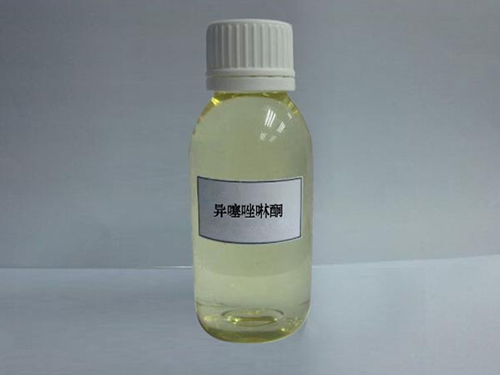amino tri methylene phosphonic acid
Amino Tri Methylene Phosphonic Acid An Overview
Amino tri methylene phosphonic acid, often abbreviated as ATMP, is a significant phosphonic acid derivative that has garnered considerable attention in various industrial applications. This compound is characterized by its unique molecular structure, which includes three methylene groups and an amino group linked to a phosphonic acid moiety. The presence of these functional groups imparts distinct properties to ATMP, making it a versatile agent in numerous fields.
One of the primary uses of amino tri methylene phosphonic acid lies in the water treatment industry. ATMP acts as a chelating agent, which means it can effectively bind to metal ions, preventing their precipitation and promoting corrosion inhibition. This property is particularly vital in cooling water systems, boilers, and other industrial processes where metal ion management is crucial for operational efficiency and longevity. The ability of ATMP to stabilize metal ions in solution minimizes scaling and fouling, leading to reduced maintenance costs and downtime.
In addition to its applications in water treatment, ATMP is also utilized in the formulation of detergents and cleaning agents. The compound enhances the cleaning efficacy by complexing with hard water ions such as calcium and magnesium. This action helps to improve the performance of surfactants, ensuring that detergent formulations can effectively remove dirt and stains even in challenging water conditions. The incorporation of ATMP into cleaning products not only boosts performance but also ensures that these products are more eco-friendly by minimizing the need for harsh chemicals.
amino tri methylene phosphonic acid

Moreover, ATMP finds applications in the fields of agriculture and horticulture. It is often employed as a water-soluble fertilizer additive, where it helps to improve nutrient absorption and prevent the precipitation of essential minerals. The chelating properties of ATMP ensure that micronutrients remain bioavailable to plants, promoting healthier growth and higher yields. As sustainable agriculture becomes increasingly vital for food production, the role of such compounds in enhancing agricultural efficiency cannot be overstated.
Furthermore, the versatility of ATMP has led to its investigation in biomedical applications. Preliminary studies have explored the potential of ATMP in drug delivery systems and as a therapeutic agent due to its ability to interact with biological molecules. The future holds promise for ATMP in developing innovative medical treatments, particularly in targeted therapy protocols that require precision delivery of active compounds.
In summary, amino tri methylene phosphonic acid is a multifaceted compound with significant implications across various industries. Its ability to function as a chelating agent in water treatment, enhance the efficacy of cleaning agents, contribute to agricultural productivity, and potentially aid in biomedical applications underscores its value. As research continues to uncover new applications and benefits, ATMP is likely to become an even more integral component in developing innovative solutions to contemporary challenges. Understanding and harnessing the potential of such compounds is essential for creating a more sustainable and efficient future.
-
Water Treatment with Flocculant Water TreatmentNewsJun.12,2025
-
Polymaleic AnhydrideNewsJun.12,2025
-
Polyaspartic AcidNewsJun.12,2025
-
Enhance Industrial Processes with IsothiazolinonesNewsJun.12,2025
-
Enhance Industrial Processes with PBTCA SolutionsNewsJun.12,2025
-
Dodecyldimethylbenzylammonium Chloride SolutionsNewsJun.12,2025





